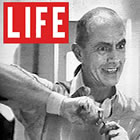
Dr. Charles Dotter in LIFE Magazine (1964)
Who is that mad scientist in the 1964 issue of LIFE magazine? Oh, just the man who invented the concept of angioplasty; in fact he’s the man who actually coined the word “angioplasty!” And he’s the doctor who performed the first angioplasties in the leg, in order to save limbs from amputation without resorting to surgery.
Like many innovators, he had a crazy idea: to open blocked arteries from the inside out. No cutting, suturing, or stitching. Less trauma, lower morbidity, quicker recovery. His name was Charles Dotter and he was a radiologist in Portland, Oregon who, 51 years ago next week, performed an angioplasty on the blocked leg artery of an 82-year-old woman. Continue reading

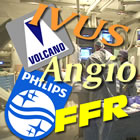 Rumors and theories about an acquisition of Volcano Corporation (NASDAQ: VOLC) had been circulating for quite some time: months, years even. The company seemed an obvious choice: it has an advanced intravascular ultrasound (IVUS) technology that leads the market, with Boston Scientific coming in second; it has a fractional flow reserve (FFR) wire that splits the market with St. Jude Medical; and recently
Rumors and theories about an acquisition of Volcano Corporation (NASDAQ: VOLC) had been circulating for quite some time: months, years even. The company seemed an obvious choice: it has an advanced intravascular ultrasound (IVUS) technology that leads the market, with Boston Scientific coming in second; it has a fractional flow reserve (FFR) wire that splits the market with St. Jude Medical; and recently 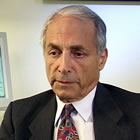
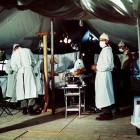 Today is Veterans Day in the U.S., honoring the soldiers who fought in the country’s wars. Last week was the VIVA 14 meeting, presenting the latest advances and techniques in endovascular repair and therapy of blood vessels.
Today is Veterans Day in the U.S., honoring the soldiers who fought in the country’s wars. Last week was the VIVA 14 meeting, presenting the latest advances and techniques in endovascular repair and therapy of blood vessels.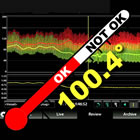 This week started off with me watching a demonstration of fractional flow reserve (FFR) during multivessel PCI. This very instructive case was transmitted live from Hammersmith Hospital in London and featured Dr. Justin E. Davies showing how to perform FFR and, more importantly, how the use of FFR changed the treatment plan for this patient.
This week started off with me watching a demonstration of fractional flow reserve (FFR) during multivessel PCI. This very instructive case was transmitted live from Hammersmith Hospital in London and featured Dr. Justin E. Davies showing how to perform FFR and, more importantly, how the use of FFR changed the treatment plan for this patient.

